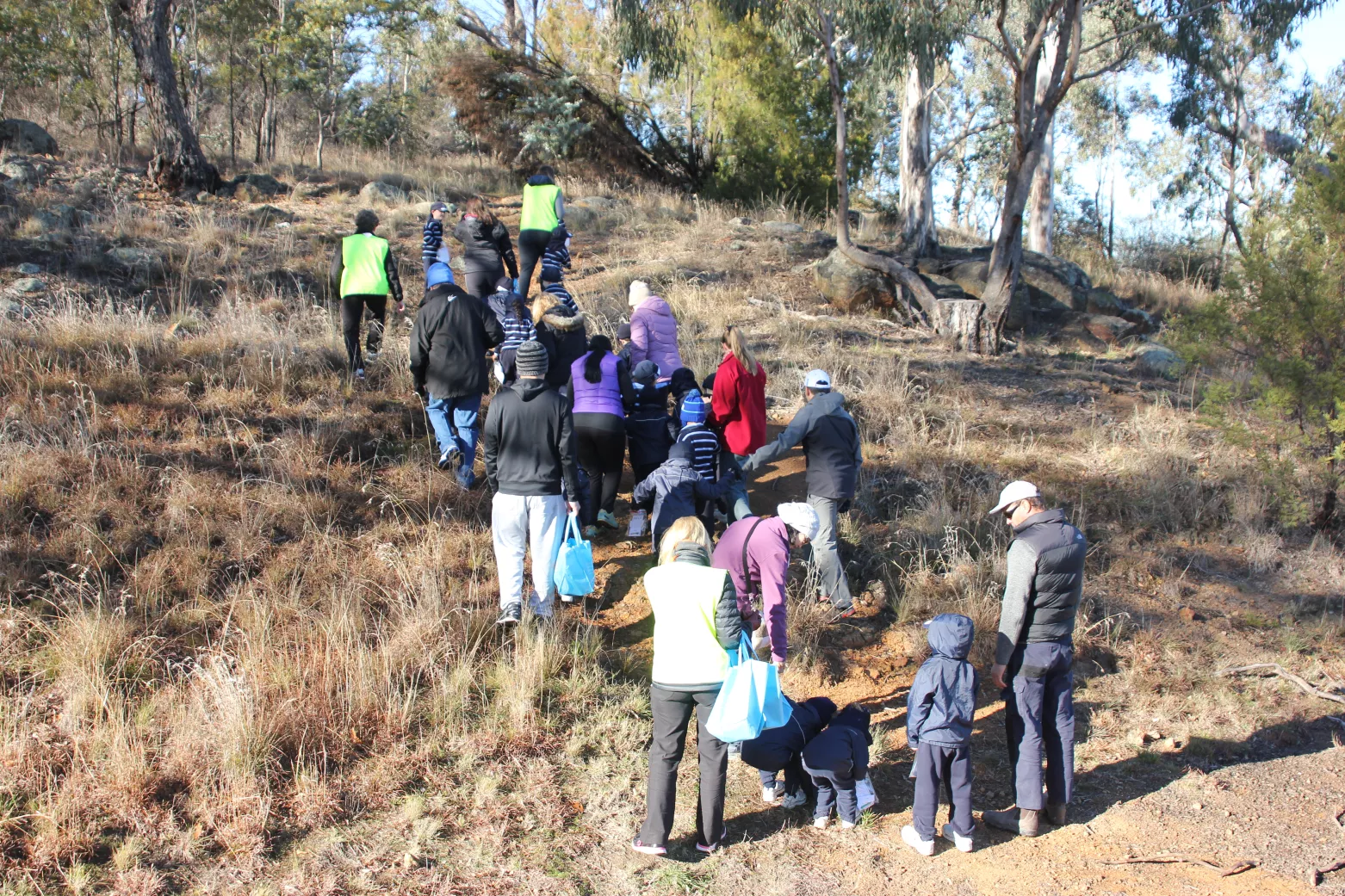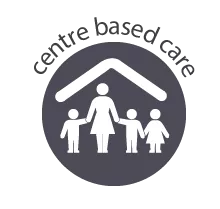Standard 7.1 Governance – Case study 1
- Home
- Quality ratings
- Exceeding NQS
- Quality Area 7 – Governance and leadership
- Standard 7.1 Governance – Case study 1
Governance supports the operation of a quality service.


This long day care service located in regional Australia has recently undergone a process of reviewing its philosophy with educators, families and community. The service undertakes an annual review to ensure they maintain high quality practice, identify further quality improvements and ensure that the philosophy reflects their current purpose, strengths and priorities, including the visions, principles and practices of the Early Years Learning Framework and the guiding principles of the National Quality Framework.
Ongoing conversations have been taking place with Aboriginal Elders from the Local Aboriginal Education Consultative Group. Through these discussions, the service team developed a deeper understanding of the importance of connection to Country and the sense of identity and belonging this instilled for the local Aboriginal community. The service team have also been inspired by the service’s location next to bushland to nurture in children and families a deeper appreciation of and respect for the land.
The philosophy review drew on the strengths of the educators and community as a whole, their strong focus on the outdoor environment, the access to bushland, and their strong beliefs about being environmentally responsible and promoting sustainability. As part of the review surveys were given to educators and to families to capture their perspectives on what they thought was working well and where they felt improvements could be made. Feedback from children was gathered by encouraging them to express their ideas and suggestions through art.
Research on the benefits of nature play for children has also been undertaken by the director and shared with the team over a series of staff meetings to further inform their deliberations. Benefits included improvements in children’s physical activity, cognitive skills, social skills and creativity. The director and educational leader facilitated ongoing critically reflective team discussions about the research findings and implications for practice over several months.
The educational leader proposed introducing more visits to the nearby bushland as an ongoing feature of the educational program and outlined the rationale as well as potential costs and benefits. These conversations encouraged educators to discuss how comfortable they felt with the proposal, to explore solutions to address issues and concerns, and debate related issues such as what constitutes risk and the benefits of risky play.
Visits were organised to a nearby service that had been operating a bush kinder for some years so educators could see the program in action. In addition, the educational leader provided resources including articles from professional magazines, blogs and videos to provide information for educators and increase their knowledge and build confidence. Reflective questions were posed to inform ongoing conversations, the answers to which were documented in each staff member’s reflection journal.
During the exploration period families were included in conversations with the service team. An information night for families and educators was held to learn more about outdoor learning. The director and a parent representative from the local service that had been running the bush kinder program were invited to speak. They highlighted the benefits and also took time to address any concerns that their families had raised during the planning and beginning of their bush kinder program.
The revised philosophy that was developed as a result of these initiatives demonstrates the service’s beliefs in the importance of the physical environment, including the bushland beyond the service boundaries, in supporting children’s learning, wellbeing and development. It reflects all educators’ view that each child is capable and competent. It also acknowledges the importance of building and sustaining authentic and meaningful partnerships with families and local communities.
The revised philosophy was introduced and discussed at a meeting for all staff to ensure there was a shared understanding and ownership of it. The meeting provided ample time for all staff to talk about the philosophy, how it connects with service policies and procedures, ask questions and provide feedback. This included matters relating to health and safety, such as child safe environments, sun protection, administering first aid, excursions and risk management, which had been reviewed to ensure they align with the revised philosophy.
The director also developed and distributed an information sheet at the staff meeting to highlight changes to the philosophy and how it is reflected in the service’s policies and procedures, including those specific to health and safety. Key messages have been incorporated into the service’s induction process for all team members as well as the enrolment and orientation process for families. New educators are assisted to understand the purpose and intention of all aspects of the service operations and how they are underpinned by the service philosophy. This includes the educational program (both indoors and outdoors) and their roles and responsibilities within it.
How practice in this example aligns with the Exceeding themes
Exceeding theme 1
Practice is embedded in service operations when it occurs consistently, frequently and intentionally as part of an ongoing process that is understood and implemented by all educators across all aspects of the program. In this example:
- The service has a well-established process for continuously reviewing the service philosophy so that all educators’ views are taken into account, it reflects their current views and beliefs about practice, and high quality practice continues to be maintained.
- All members of the team participate in the review of the philosophy and can therefore understand, discuss and demonstrate how their practice is underpinned by it.
Service leaders can discuss and demonstrate how the service philosophy underpins service operations, and can explain how and when it is reviewed.
Exceeding theme 2
Critical reflection involves a deep level of regular and ongoing analysis, questioning and thinking that goes beyond evaluation and review. Critical reflection informs practice when the continuous reflection of all educators, individually and together, influences decision-making and drives continuous quality improvement. In this example:
- All educators critically reflect on the service philosophy regularly to ensure it aligns with the service’s current purpose, priorities and approach. The service leadership ensures that current approaches to practice are researched and implemented to improve quality delivery and embrace best practice.
- Policies and procedures are reviewed to reflect changes to the philosophy. For example, the service reviewed related health and safety areas such as providing a child safe environment, sun protection, first aid, excursions, and risk management to ensure they aligned with the revised philosophy.
- The leadership team ensures that any significant change is managed collaboratively, with the rationale for the change communicated clearly and opportunities created to explore educators’ understanding of the changes.
Exceeding theme 3
Practice is shaped by meaningful engagement with families and/or the community when educators actively seek input, guidance and feedback from children, families and the community. Meaningful engagement with families and/or the community helps shift thinking, shape ongoing practice and foster a culture of inclusiveness and sense of belonging for all. In this example:
- The service draws on their regional location and community context to extend children’s learning. Their links with Elders from the Local Aboriginal Education Consultative Group has led educators and children to understand the importance of connection to Country and develop a deeper appreciation of and respect for the land.
- The service supports families to meaningfully engage with reviewing practice in an ongoing fashion, exploring new initiatives and contributing their perspectives and priorities during a review of the service philosophy.
- The service encourages a sense of belonging and a culture of inclusiveness within the service for children, families, the service team and the broader community.
* To create a print friendly version of this case study, please click ‘print’ in the red menu bar.